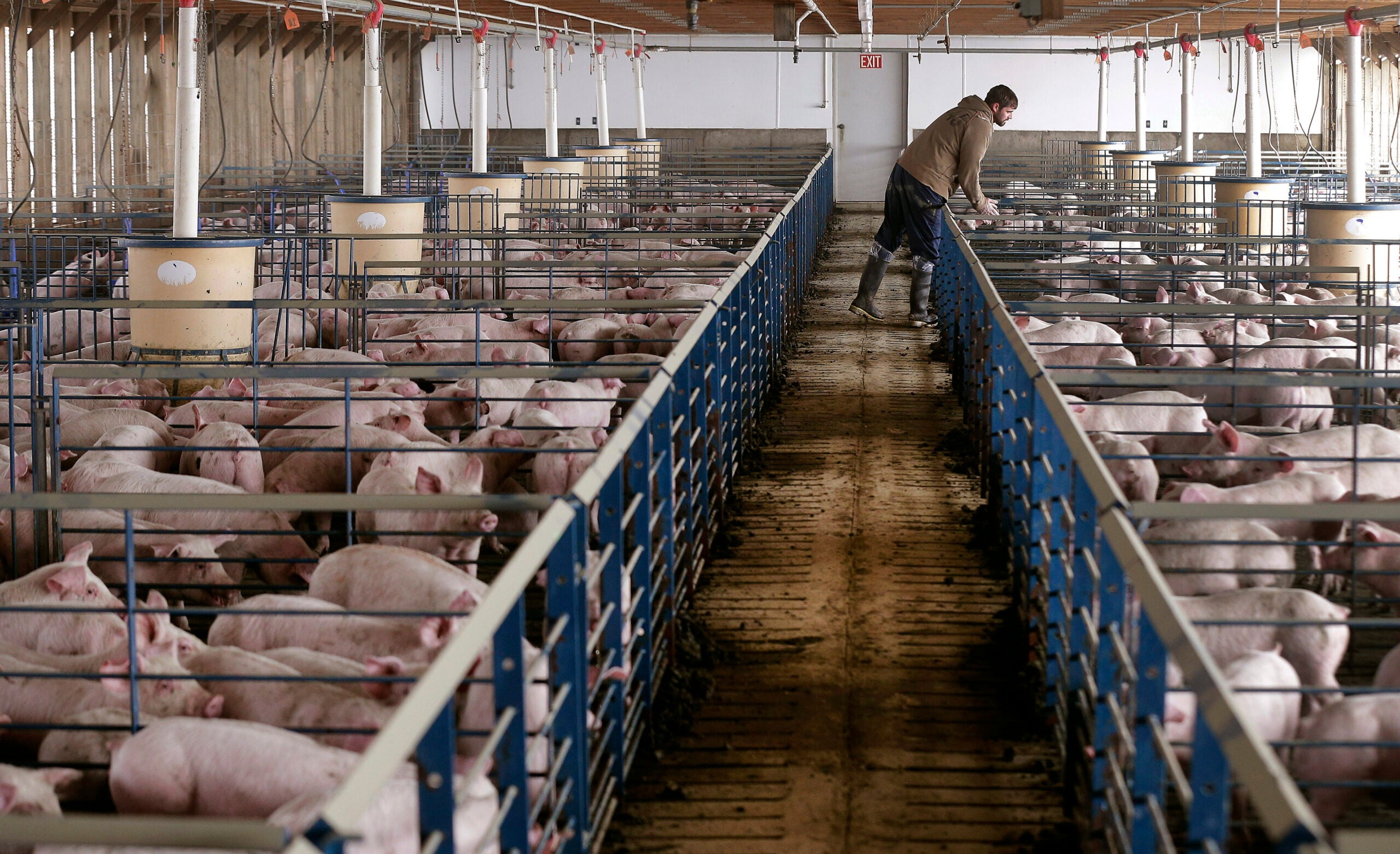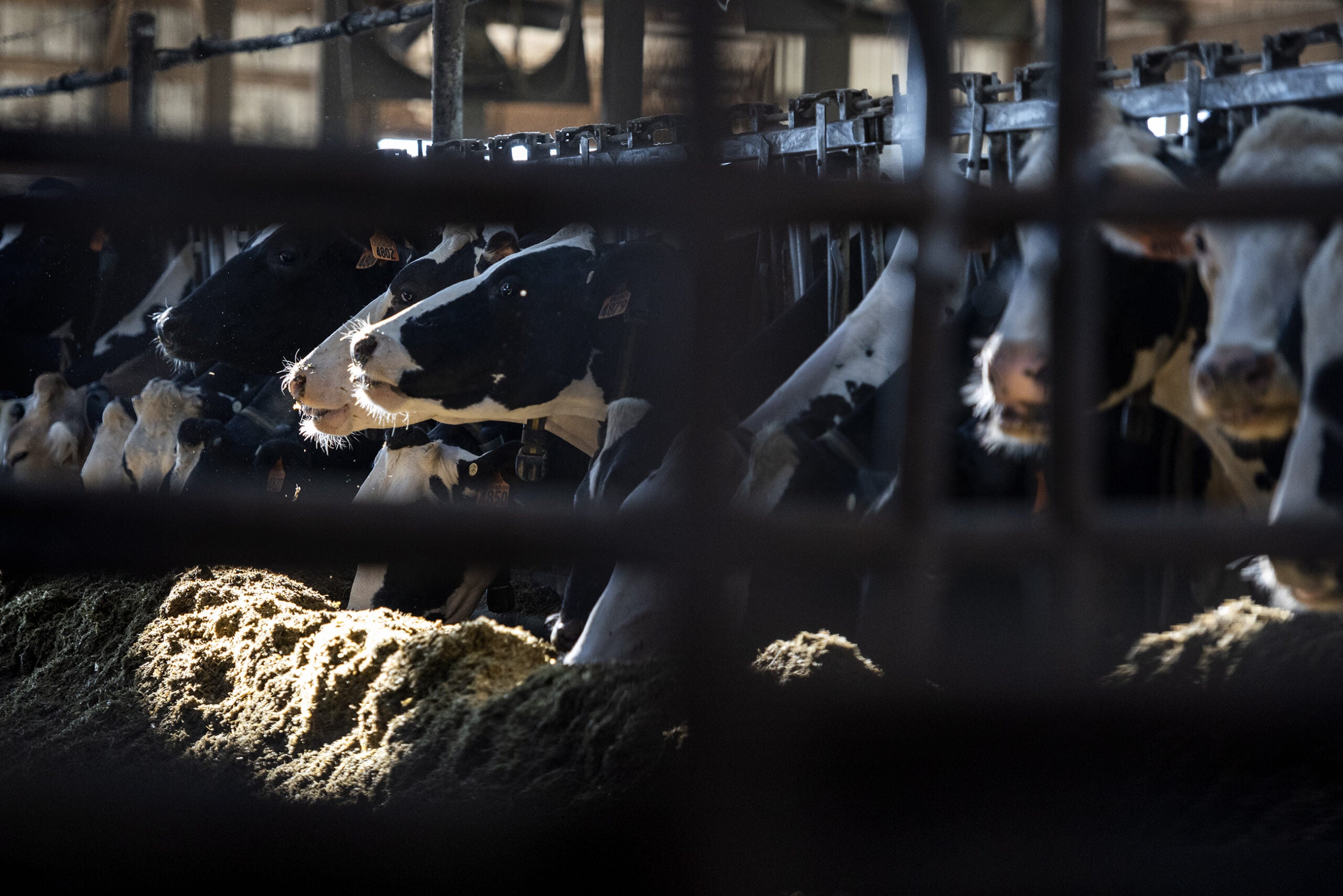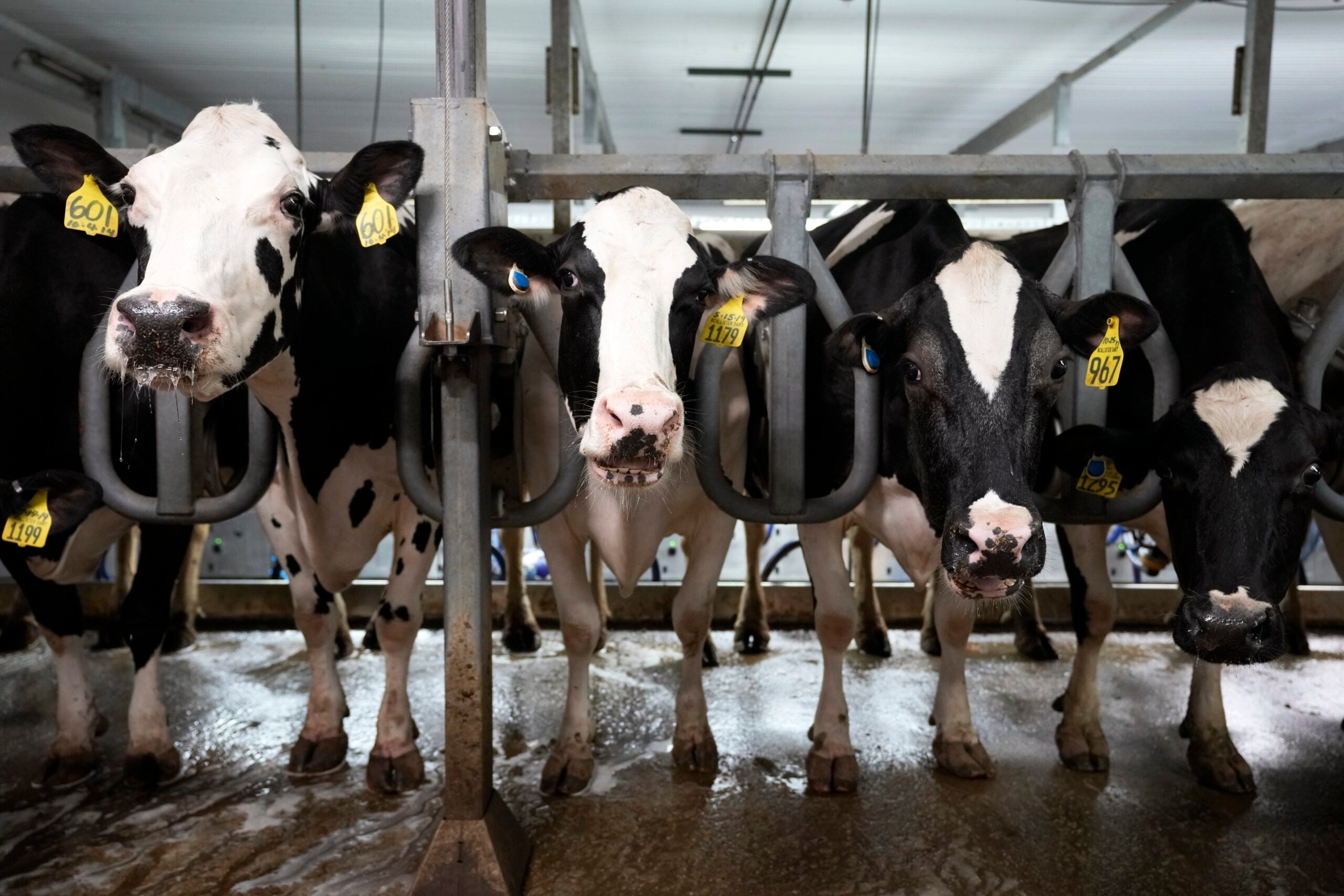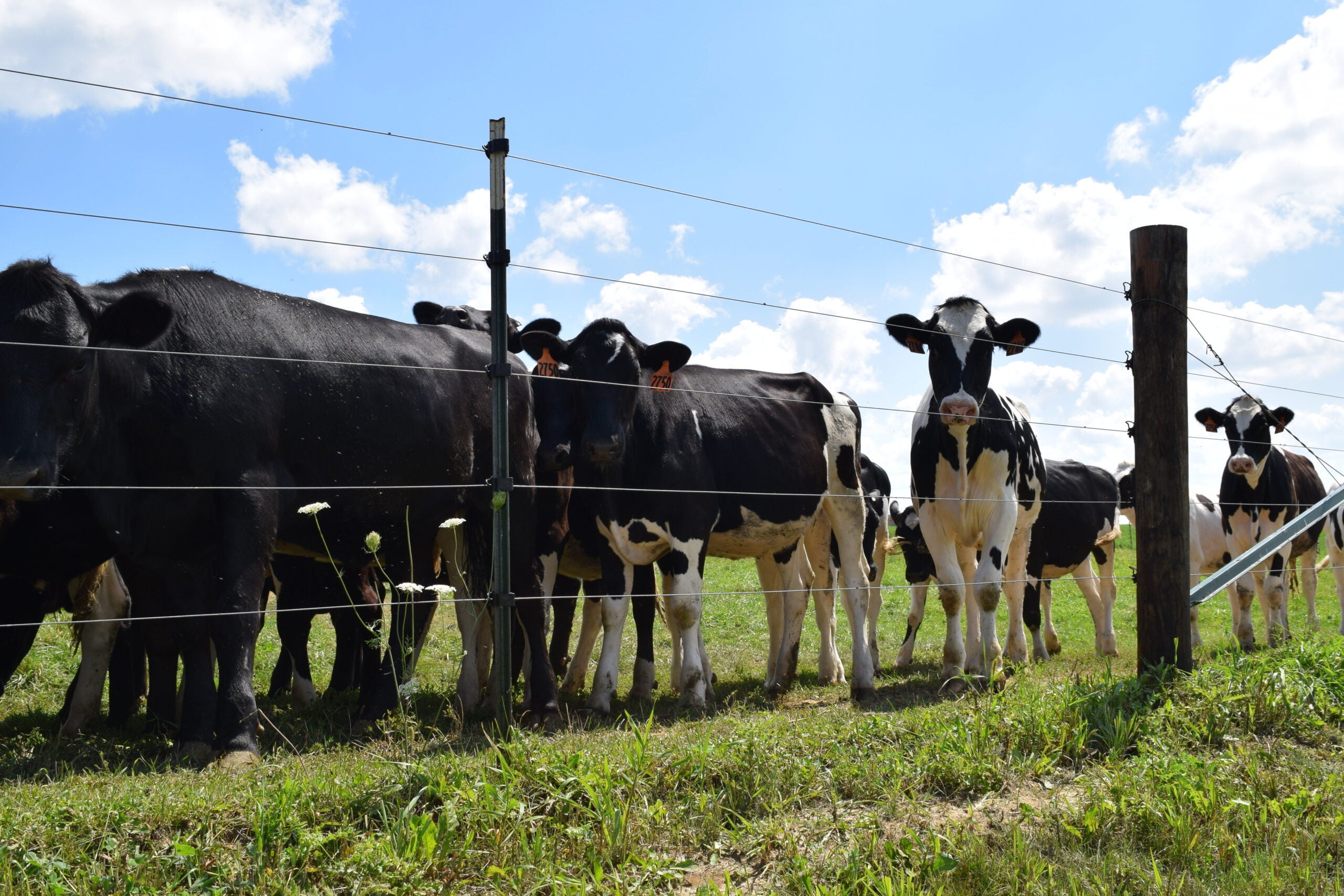New federal guidance will define how long farms can feed antibiotics to livestock as a way to address the growing problem of antibiotic resistance.
But some Wisconsin farmers say they want to make sure they don’t lose access to medications that keep their animals healthy.
The Food and Drug Administration recently published new draft guidance that would require manufacturers of livestock antibiotics to define the length of time the drugs can be used in an animal.
News with a little more humanity
WPR’s “Wisconsin Today” newsletter keeps you connected to the state you love without feeling overwhelmed. No paywall. No agenda. No corporate filter.
According to the agency, nearly 100 approved antimicrobial drugs for animals currently don’t have a stated duration of use. The new guidance only affects antibiotics that are used in feed for livestock. The agency said drugs that are injected or given in pill form already have defined durations of use.
Sandra Stuttgen, a former veterinarian and current agriculture educator for the University of Wisconsin-Madison’s Division of Extension, said the new requirements are a part of the federal agency’s efforts to address how animal use of common drugs is contributing to the global problem of antibiotic resistance.
“As humans, if we have a condition where we need antibiotics, we want them to work,” she said. “They’re trying to protect the antibiotics that are of human significance, so it’s the drugs that humans and animals share.”
She said the FDA has required veterinarians to prescribe medicated feed or water for livestock since 2017. The latest proposed guidance now puts the burden on drug manufacturers to clearly state both the recommended length of time an antibiotic should be fed to an animal as well as the maximum amount of time the drug can be used.
Advocacy groups concerned about the overuse of antibiotics have petitioned the FDA for stricter rules for farms, specifically calling for prohibiting the use of antibiotics as a way to prevent disease in livestock and a maximum duration of use for all antibiotics at 21 days.
But Brady Zuck, president of the Wisconsin Cattlemen’s Association, said livestock owners aren’t using antibiotics more than they need to.
“These products cost money to use, and so no one’s going to be out there just throwing it in willy-nilly,” said Zuck, who raises beef cattle near Ladysmith. “If it’s added to a feed, it’s for a specific reason, it’s overseen by a veterinarian, so they’re very targeted products.”
Zuck said his organization and other farm groups are just beginning to understand what the draft guidance could mean for their operations. But he said the biggest concern is that farmers are able to continue using these drugs.
“We don’t want to lose access to key products that we use to either treat, control or prevent disease in our livestock herds,” he said. “Just like people get sick, livestock gets sick, too. We don’t want to lose those important tools.”
In June, the FDA announced that injectable, oral and intramammary antibiotics that were previously available over the counter at farm supply or pet stores will now require a veterinarian prescription.
Zuck said the change was minor for most livestock operations because they typically have a standing relationship with a vet.
But the increased reliance of veterinary directives could become an issue due to the shortage of animal doctors in Wisconsin. He said it’s something that he’s thought about with his own veterinarian.
“Our veterinarian is 71 years old and he’s a half hour away from our farm right now,” Zuck said. “When he decides to retire, who’s next? Who can we work with? That’s definitely very concerning.”
Stuttgen said some areas of the state have more vets available than others, and farmers need to do the groundwork before an animal is sick to develop that relationship.
“It’s an issue, but they are out there,” she said. “Farmers who say to me, ‘I can’t find a vet,’ I always say to them, ‘The squeaky wheel gets the grease. Keep knocking on doors, keep asking.’”
The FDA is taking public comments on the draft guidance until Dec. 26.
Wisconsin Public Radio, © Copyright 2025, Board of Regents of the University of Wisconsin System and Wisconsin Educational Communications Board.







